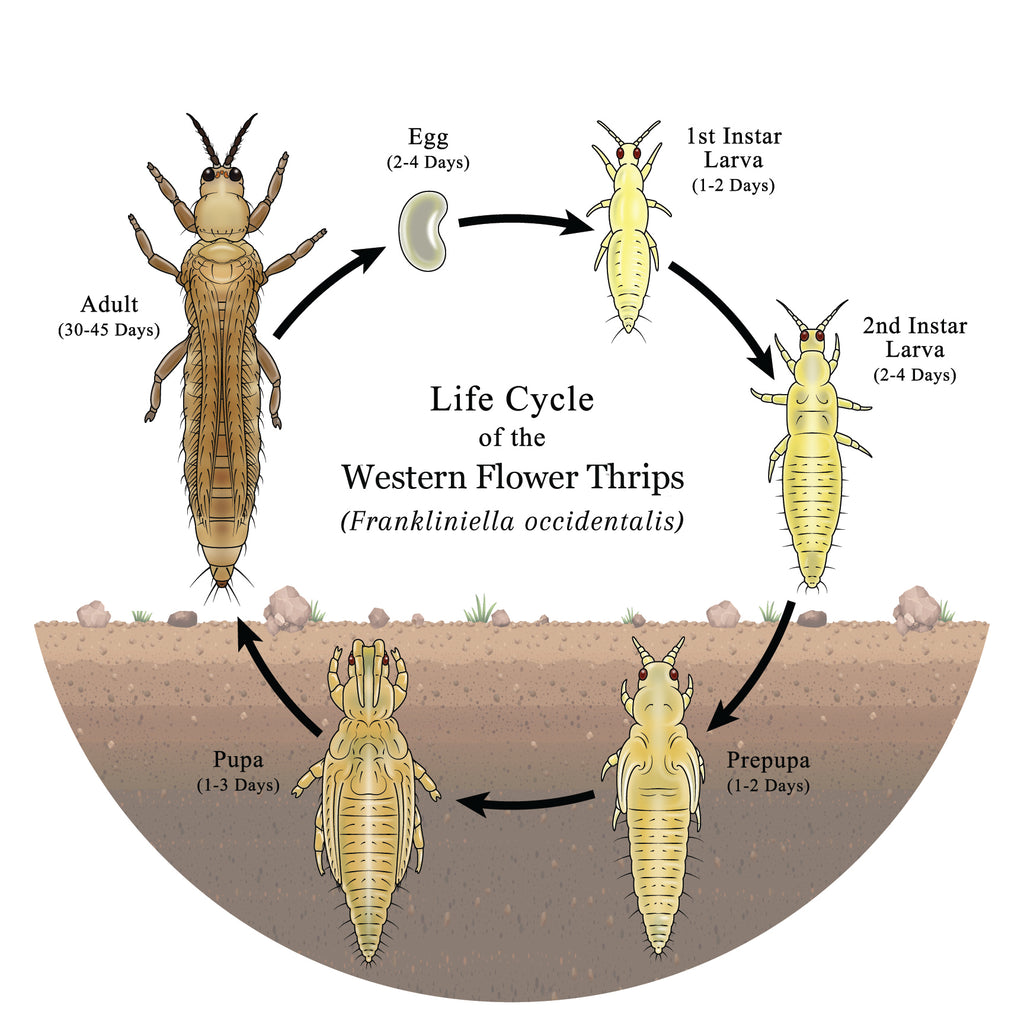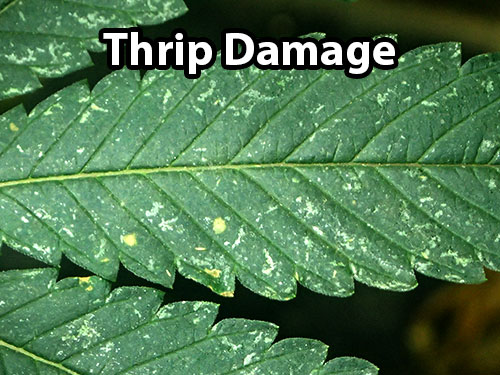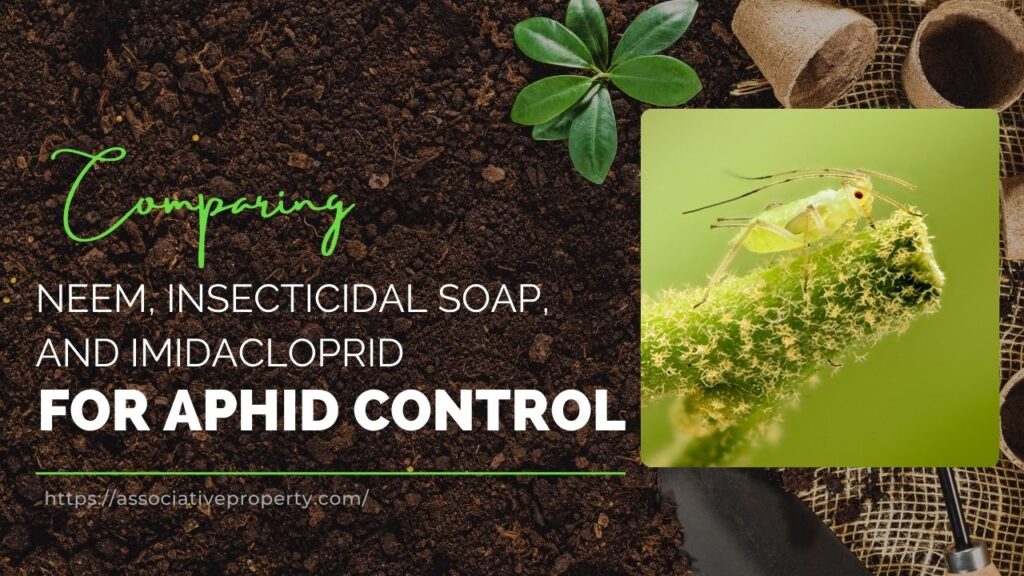Hey everyone, Matthew here. Today, I want to walk you through something that almost every indoor gardener runs into at some point — thrips. These tiny pests gave me a hard time, but with a bit of patience and the right techniques, I was able to manage them. Let me share exactly what I learned in the process.
| Fact/Statistic | Detail | Source |
|---|---|---|
| Thrips Species Worldwide | Over 6,200 known species of thrips exist globally. | CABI Invasive Species Compendium |
| Damage Threshold | As few as 10 thrips per leaf can cause visible plant damage in sensitive crops like peppers or onions. | University of California IPM |
| Lifecycle Duration | Thrips complete their life cycle in 7–14 days, depending on temperature and humidity. | Texas A&M AgriLife Extension |
| Optimal Reproduction Conditions | Thrips reproduce fastest at 25–30°C (77–86°F) and 60–80% humidity. | Journal of Economic Entomology |
| Egg Laying Rate | A female thrip can lay up to 80 eggs in her lifetime. | Florida Department of Agriculture |
| Soil Survival | Larvae can remain in soil up to 7 days before emerging as adults. | Michigan State University Extension |
| Organic Control Efficacy | Neem oil (azadirachtin) can reduce thrip populations by up to 70% with repeat application. | Journal of Pest Science |
| Biological Control | Predatory mites like Amblyseius cucumeris can reduce thrip populations by 60–90%. | BioBee Biological Systems |
| Insecticide Resistance | Some thrip species have developed resistance to over 20 chemical classes of insecticides. | Insecticide Resistance Action Committee (IRAC) |
| Virus Transmission | Thrips are vectors of over 20 plant viruses, including Tomato Spotted Wilt Virus. | American Phytopathological Society |
What Are Thrips?

Before I could handle the problem, I needed to understand what I was dealing with. Thrips are incredibly small insects, and there are over 5,000 known species of them.
Now, not all of them are bad. Some are even beneficial, feeding on mites, fungus spores, or decaying material. But the type of thrips I encountered in my indoor garden were clearly pests — the kind that can cause serious trouble. These particular species are considered vectors, meaning they can transmit viruses and diseases to plants. In fact, some thrips can carry over 20 different plant diseases.
How Thrips Develop

Thrips go through a strange metamorphosis — something between complete and gradual. Although they don’t technically have a pupal stage, people often call their late larval stage a pupa.
Here’s how they develop:
- Eggs are laid inside the leaf tissue.
- Larvae hatch and eventually make their way to the soil.
- From there, they mature and emerge as adults.
They can vary in color — from translucent white to brown, yellow, or black. Depending on the species and life stage, they’re usually between 0.5 mm and 5 mm in length.
How I Identified Them
Because they’re so small and fast, I noticed the damage long before I ever saw the thrips themselves.
Here’s what caught my attention:

- Grayish or silver streaks or trails on the leaves.
- Black speckles, which I later found out were thrip feces.
Seeing this was alarming, but it gave me the clue I needed to start fighting back.
Prevention First
I’ve learned the best way to deal with thrips , or any pest, is not to let them in to begin with. Have you heard “nib the evil in the bud”?
Here are some key things I now always do:
- Sterilize growing containers before use
- Keep the growing area clean and free of plant debris
- Avoid trading clones with others
- Never use bad soil or soil from outdoors
- Always remove dead leaves, both from plants and the surrounding area
Trust me, these steps can save you a world of trouble down the road.
Treating an Infestation
If you’re already dealing with thrips, like I was, then prevention isn’t enough. You’ve got to treat both the leaves and the soil at the same time. That’s the only way to break the cycle.
What I Used for Soil Treatment
Following are the options I found effective:
| Treatment | Use |
|---|---|
| Azamax | Used as a standalone root drench |
| Sand & Cinnamon | Used as a top dressing to disrupt thrips in soil |
What I Used for Leaf Treatment
I tested several products and methods. Here are the ones that worked best for me:
- Growers Trust Spider Mite Killer – all-organic and safe to use anytime
- Mighty Wash – a budget-friendly alternative
- Tobacco juice, alcohol, or soap sprays – effective on contact
If you’re going the alcohol route, dilution matters:
- With 99% isopropyl alcohol, dilute it 5:1 with water
- With 50–70% isopropyl alcohol, use a 3:1 ratio
For dish soap sprays, I mixed 1 teaspoon of soap per cup of water.
Note: Avoid these sprays during the flowering stage — they can dissolve trichomes and reduce the plant’s quality.
Related: Comparing Neem, Insecticidal Soap, and Imidacloprid for Aphid Control
Repeat Applications Are Key
No matter what product you use, it’s important to repeat the application. Thrips are resilient, and a single spray won’t be enough to eliminate them completely. Stay consistent and vigilant.
If you’re dealing with thrips or have any questions, feel free to reach out or leave a comment. I’ve been there, and I know how frustrating it can be.


